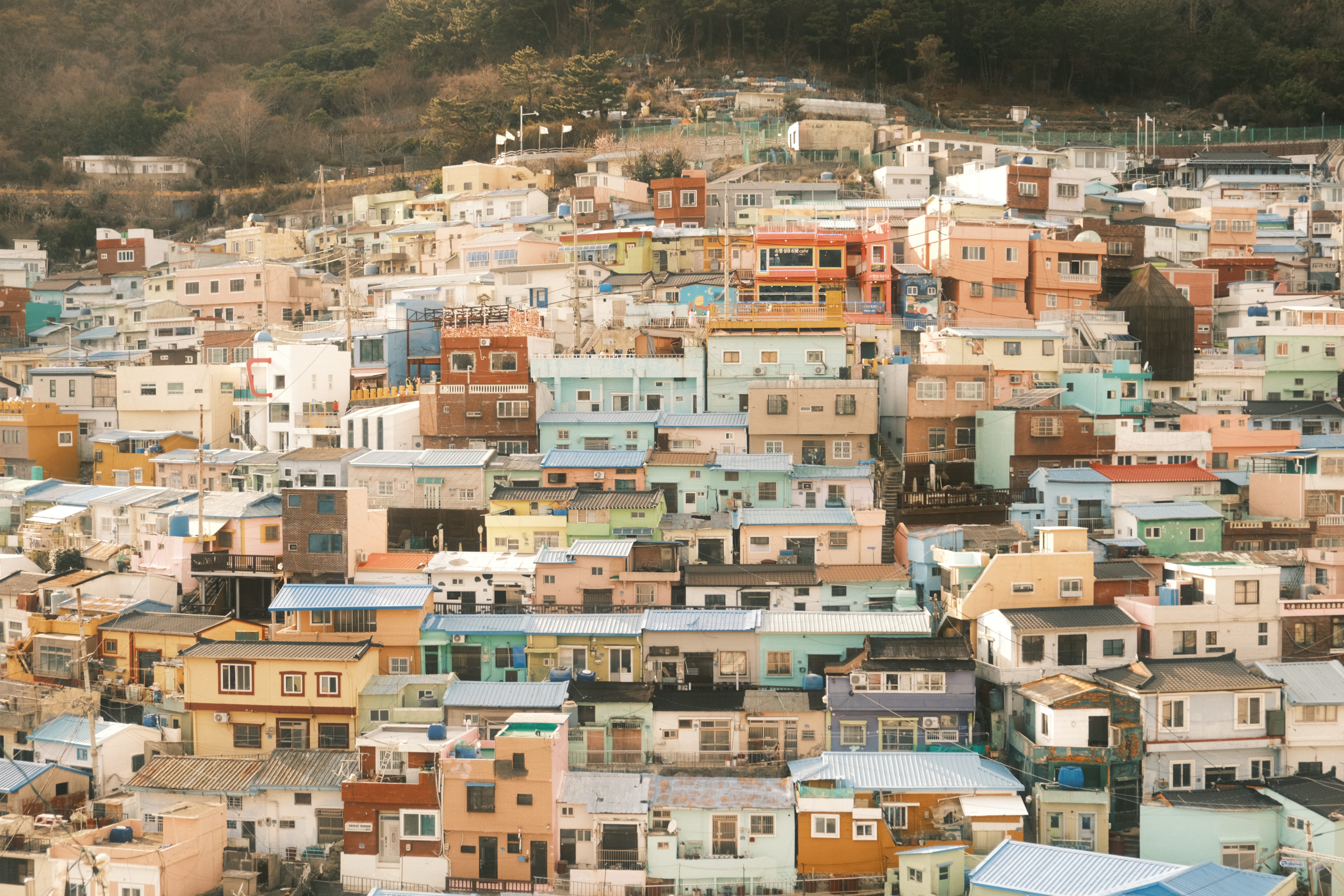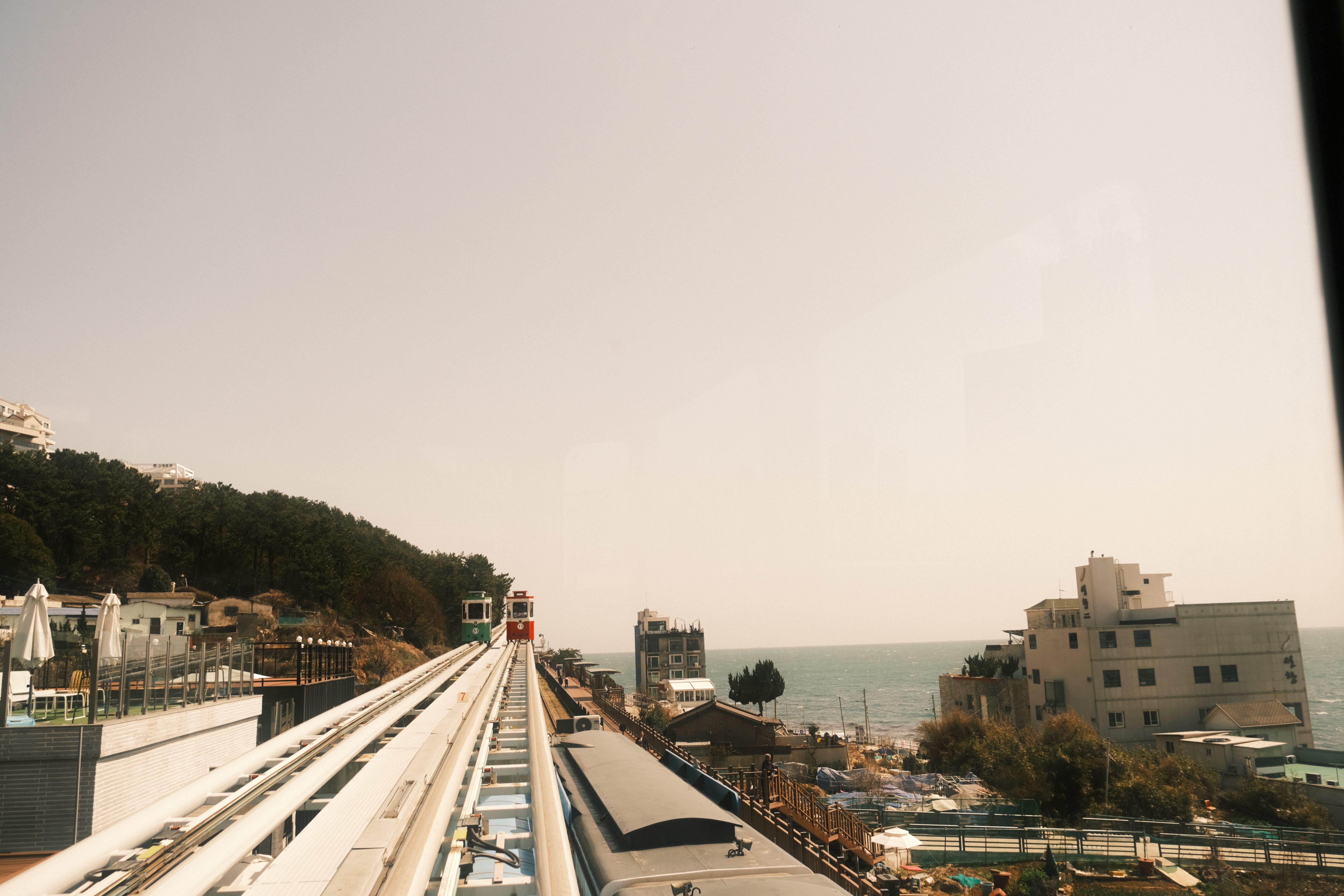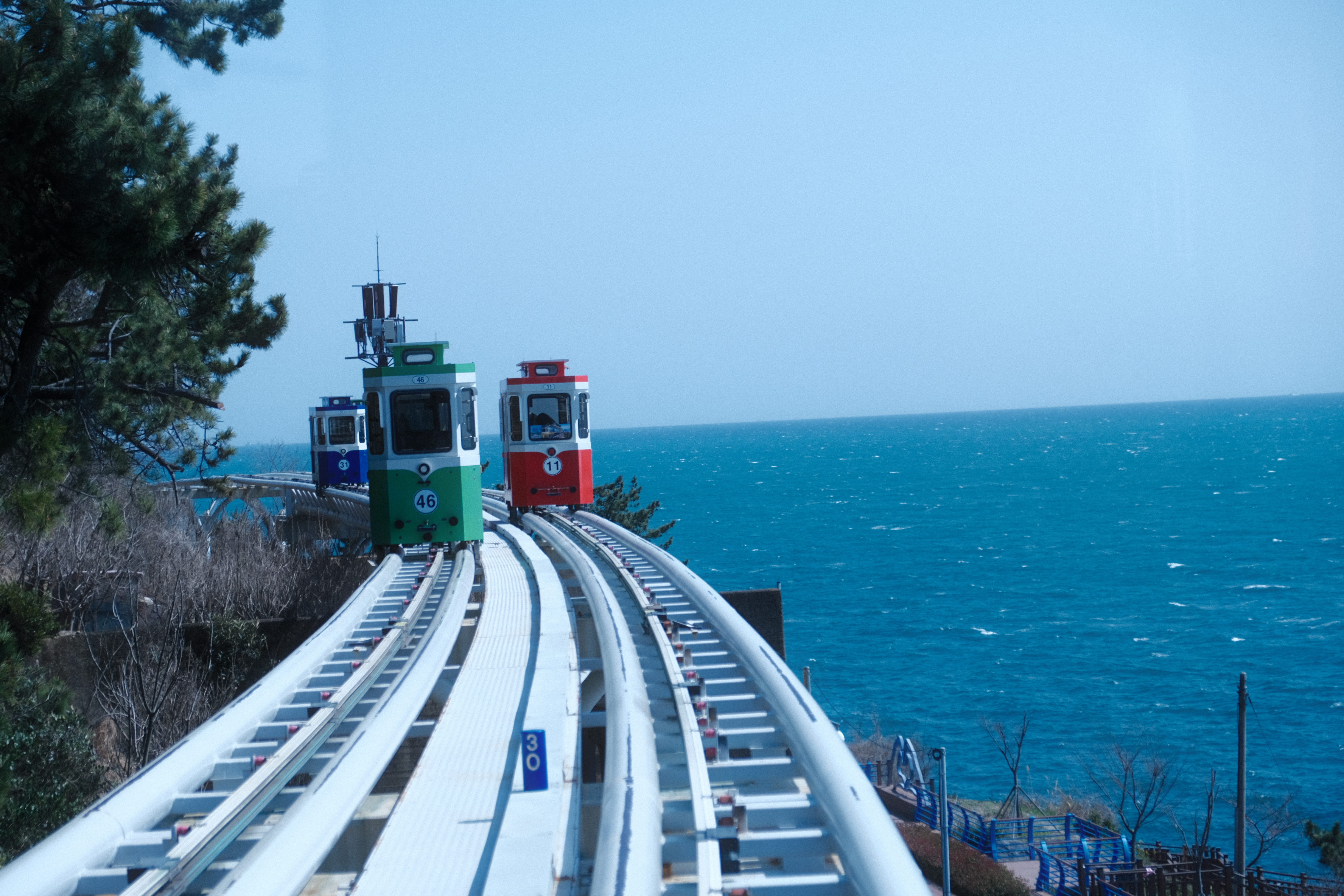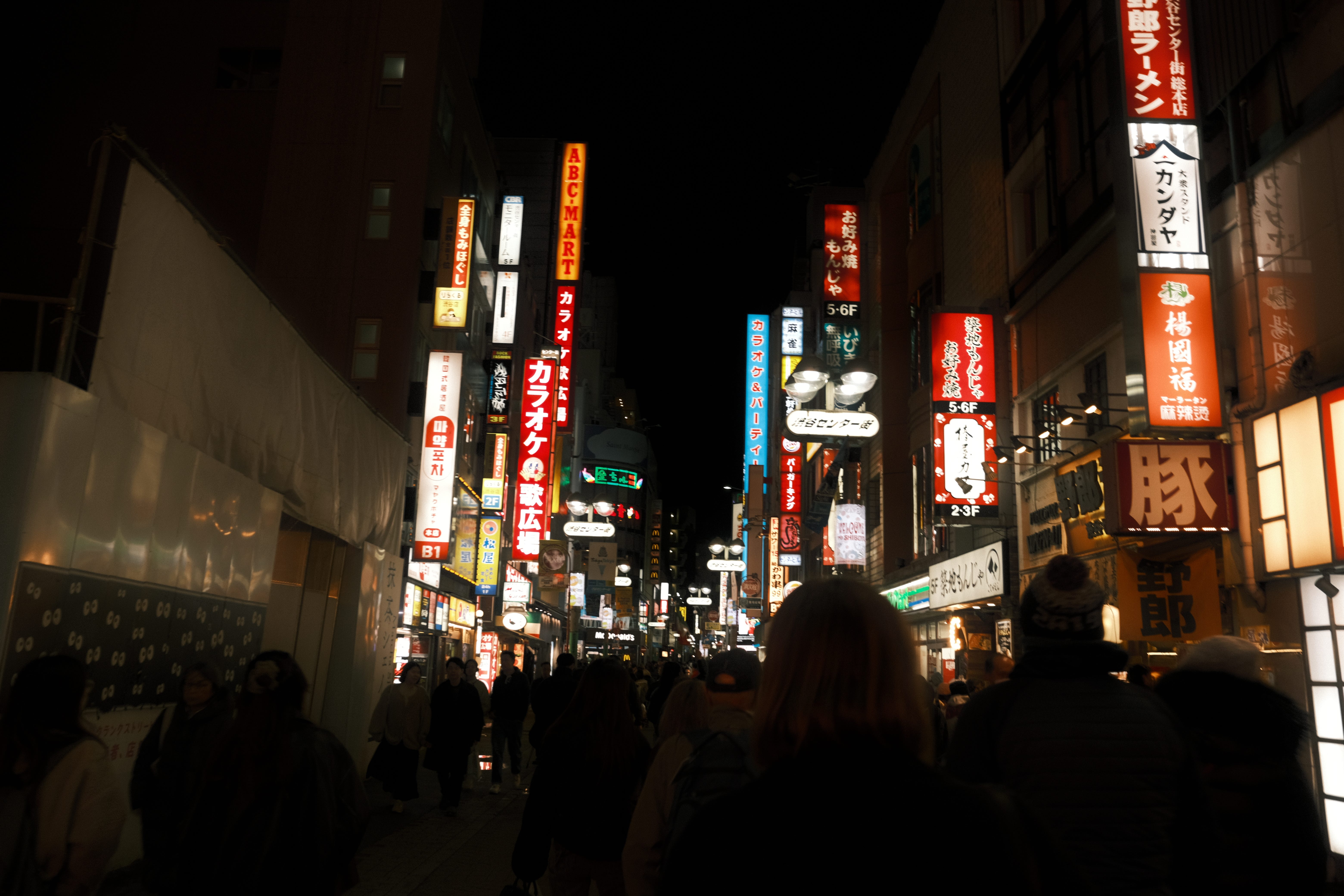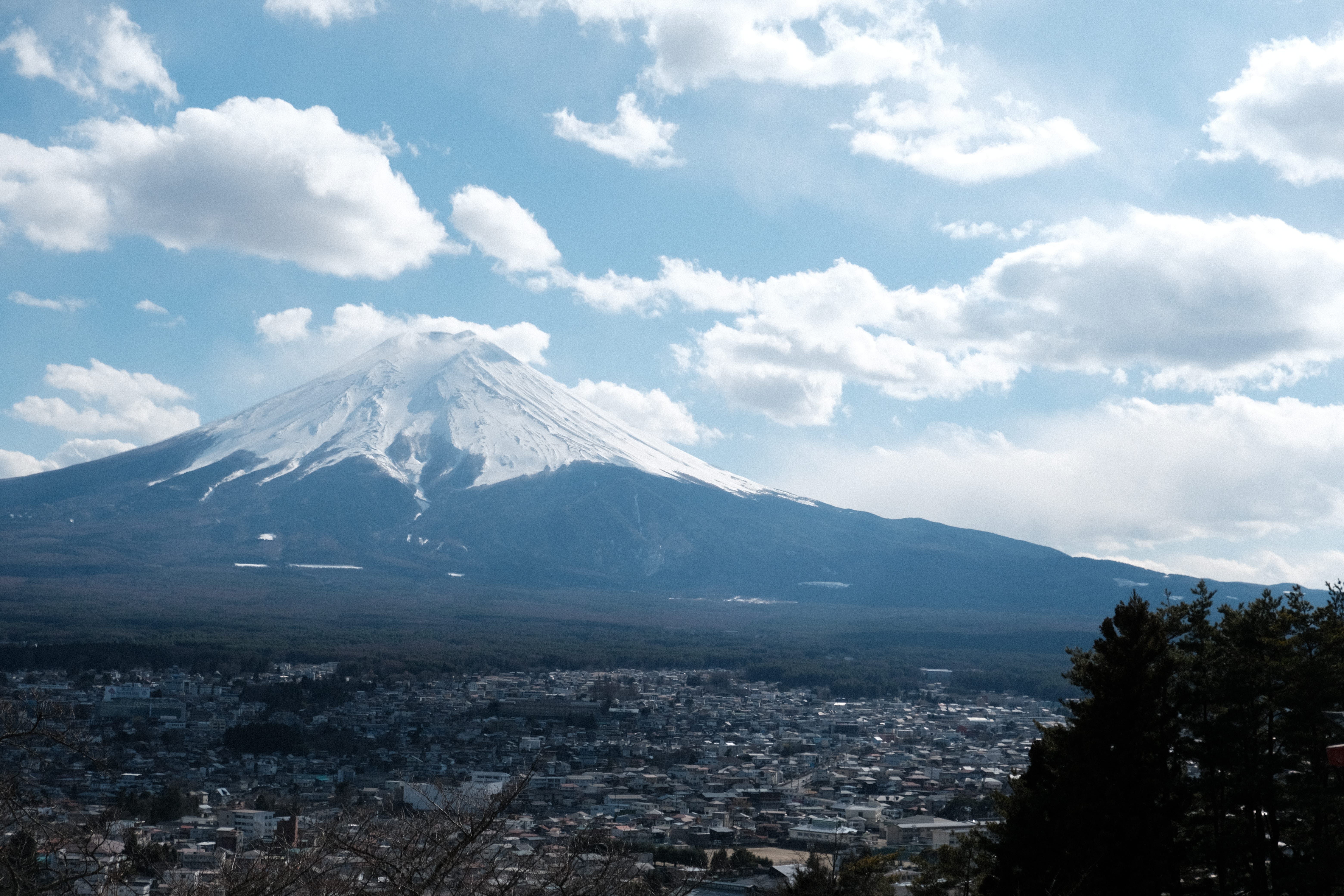My longest trip since Interrail, the trip that I bought flight tickets 9 months ago, and arranged accommodations with my friend 3 months ago. You can easily understand how much I was looking forward to it…
We thought we were heading to a completely different world, and it truly was. Despite staying in extremely touristy places, the people, the food, the culture — all of it really impacted us. We’re still influenced by that!
Let’s start!
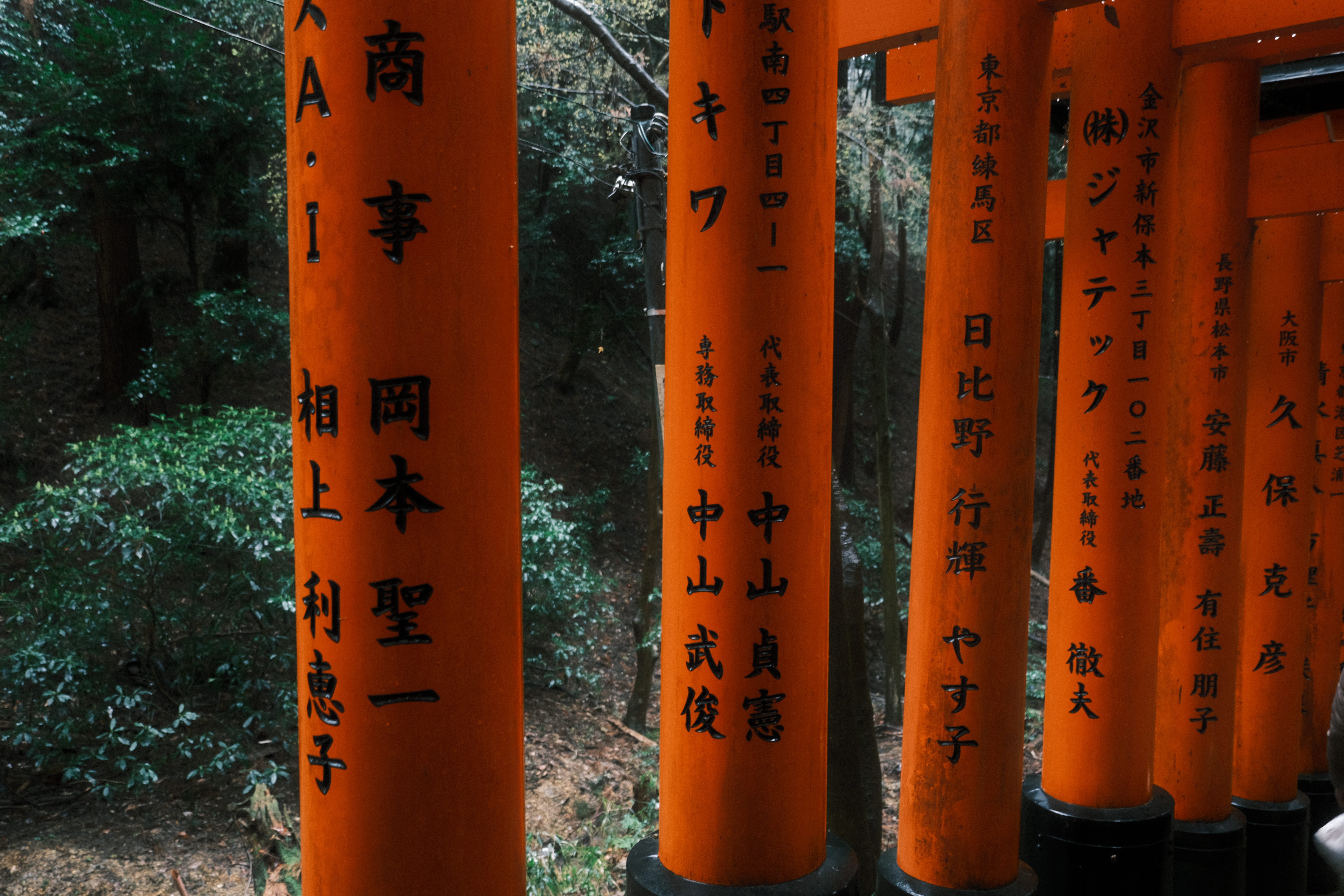
Before the Trip
We did what everyone else does: check YouTube videos/shorts, Instagram reels, travel blogs, official webpages and you name the rest. There are tons of content out there, especially for Japan. And you know what, most of them are just clickbaits. “Things you should avoid in Tokyo!!”, “Things you can’t miss in Seoul”, “I wish I knew these 5 things before my trip to Japan” etc. I’m not exaggerating, 95% of them are gibberish. What we realized is that while it’s nice to have some prior knowledge, talking so confidently about what to do and what not to do is just said for the sake of creating clickbait content. When I think of it, except for a few restaurants and bars, only these a few things helped us:
- Japan uses different sockets than Europe. So you need an adapter.
- You will not find trash bins in the streets most of the time in both countries. So, we carried small bags all the time.
- You will need Papago for translations. It works well for both Korean<->English and Japanese<->English. Many times you will need to translate from photographs
- Google Maps doesn’t function well in South Korea. You need KakaoMaps to check public transportation options and walking routes.
- I came across some recommendations on how to avoid jetlag and found an app called Timeshifter. This app suggests when to consume caffeine, when to sleep, and when to expose yourself to light a few days before your flight. I tried it out and didn't experience any jetlag, so the app definitely works! However, don't stress about following everything it says - just do what you can, and it will still be helpful.
- You can buy a SIM, e-SIM, wifi pocket, or JR pass before you arrive in Japan and take them from the airport. However, we got our e-SIM card from a website called KKDay. We activated it on our phones even before the flight started, and as soon as we landed in, we activated it. It started working in about 5–10 minutes, and we didn’t have any issues. Since we got a package that worked in the whole of East Asia, we used the same card in both countries.
- You can also check out daily tours from KKDay. But since the tours we wanted were fully booked, we arranged 2 tours from Klook. We also got museum tickets from Klook in Japan. So, if you’re planning to join any tours, it makes sense to book in advance in rush seasons.

Places that We Visited
Instead of explaining each place I visited one by one, I want to write about the cities and places we visited and add a few photos below. There’s already an incredible amount of content on the internet.
Seoul
- Gyeongbokgung Palace
- Changgyeonggung Palace
- Bukchon Hanok Village
- Myeongdong (street food, shopping, restaurants)
- Hangang Park (a huge park next to the river)
- Itaewon (nightlife)
- Hongdae (nightlife, restaurants, bars)
- Gangnam
- DMZ Tour
- And many other streets/neighborhoods :)


Busan
- Gwangalli Beach
- Haeundae Beach
- Gamcheon Culture Village
- BIFF Square
- Haeundae Sky Capsule
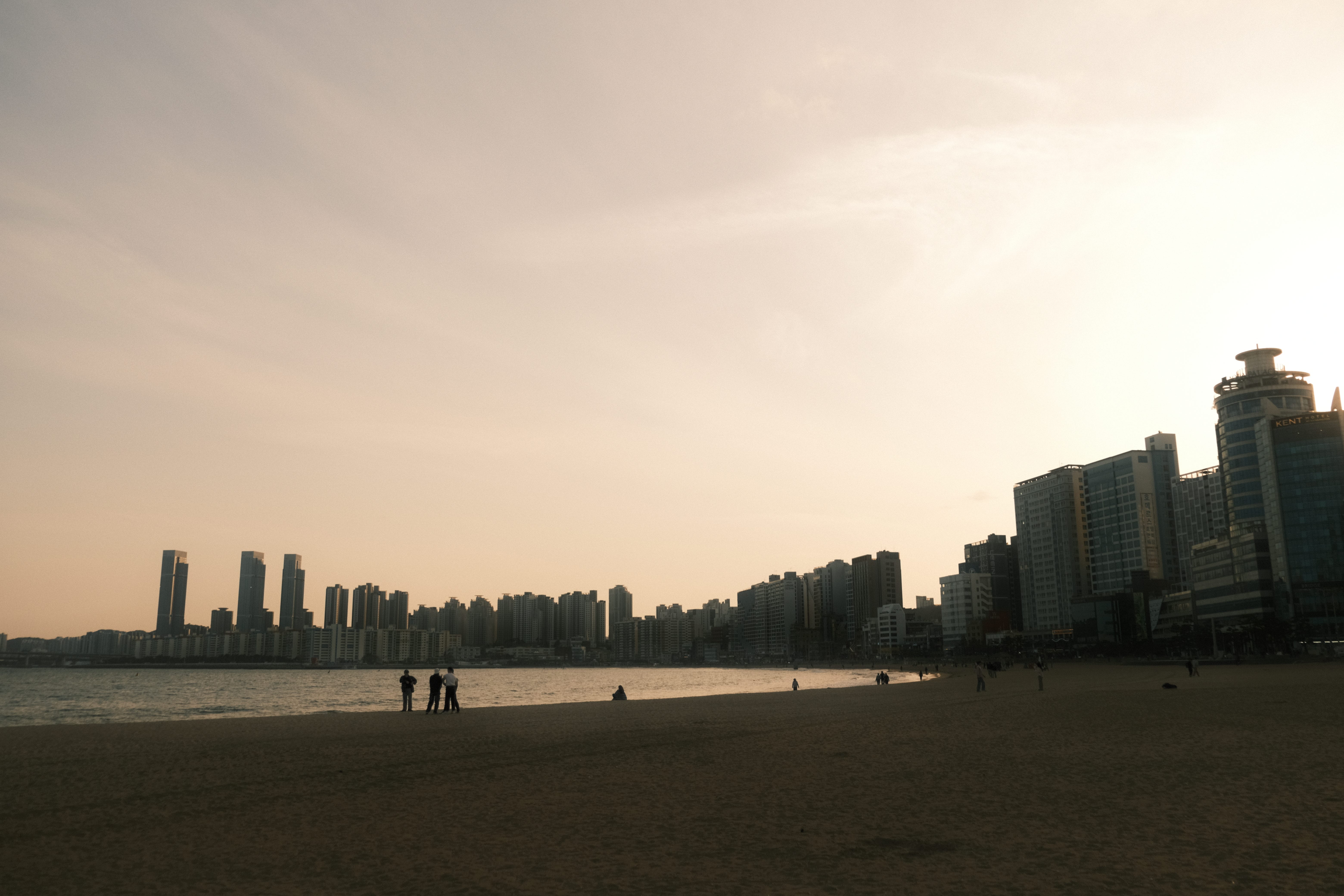


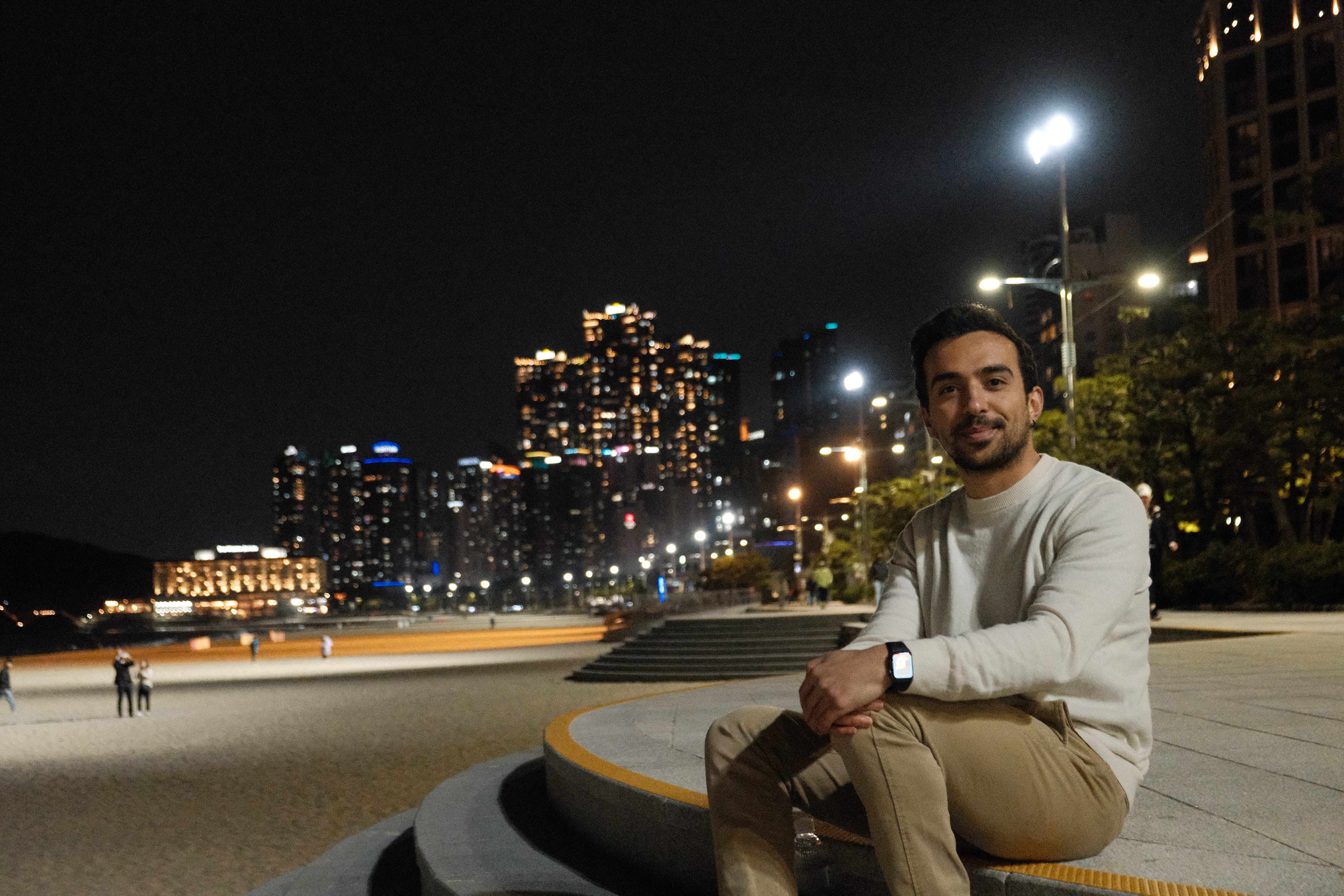
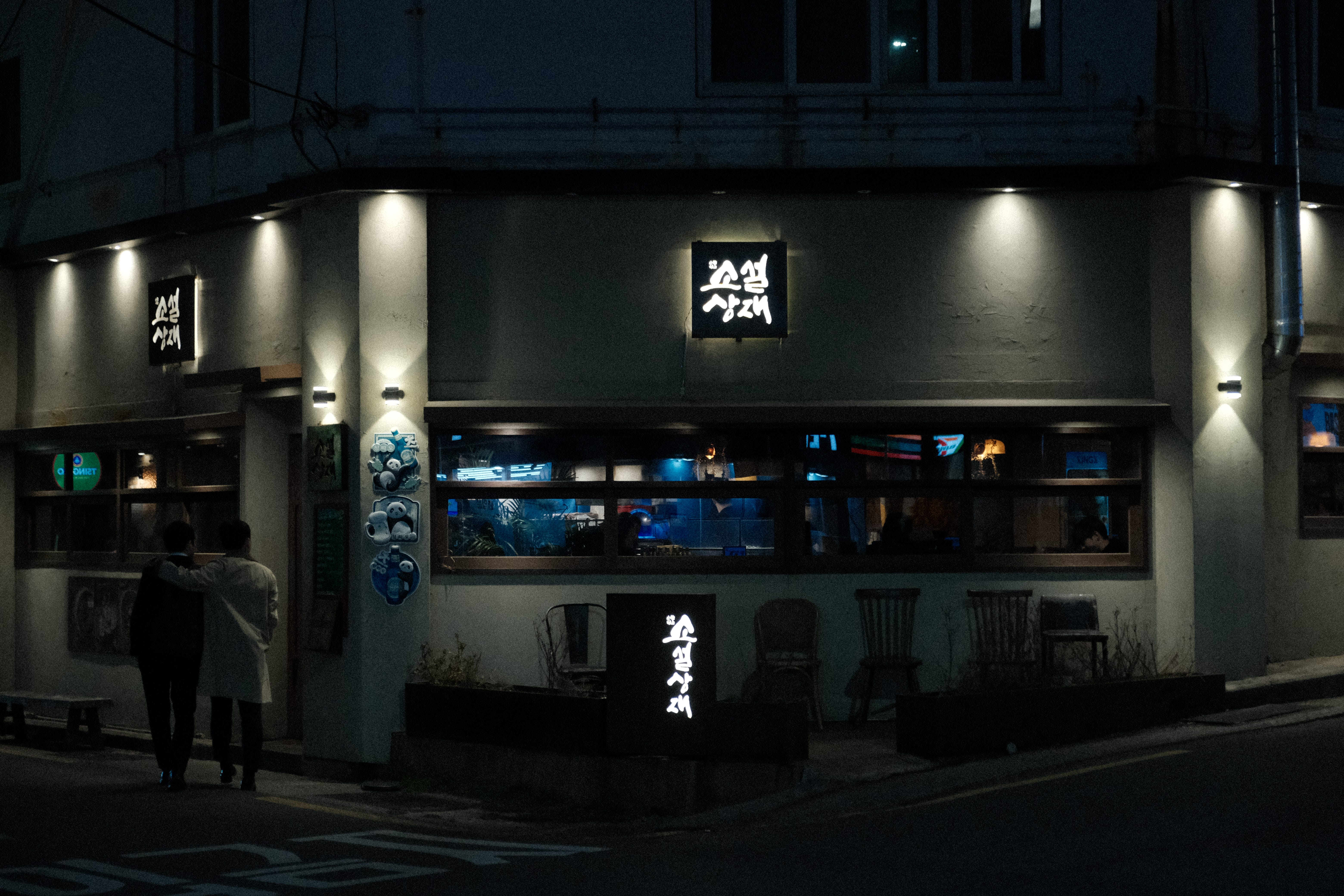
Tokyo
- Shinjuku
- Shibuya
- Asakusa — Senso-ji
- Roppongi
- Imperial Palace
- Jimbocho Book Town
- Tokyo Tower




Kyoto
- Fushimi Inari-Taisha
- Ninenzaka Street
- Gion area
- Kinkaku-ji (Golden Pavillion). It was an overcrowded tourist trap.
- Otagi Nenbutsuji Temple. Temple with 1200 faces
- Arashiyama Bamboo Forest
- Arashiyama Affenpark Iwatayama. Monkey park
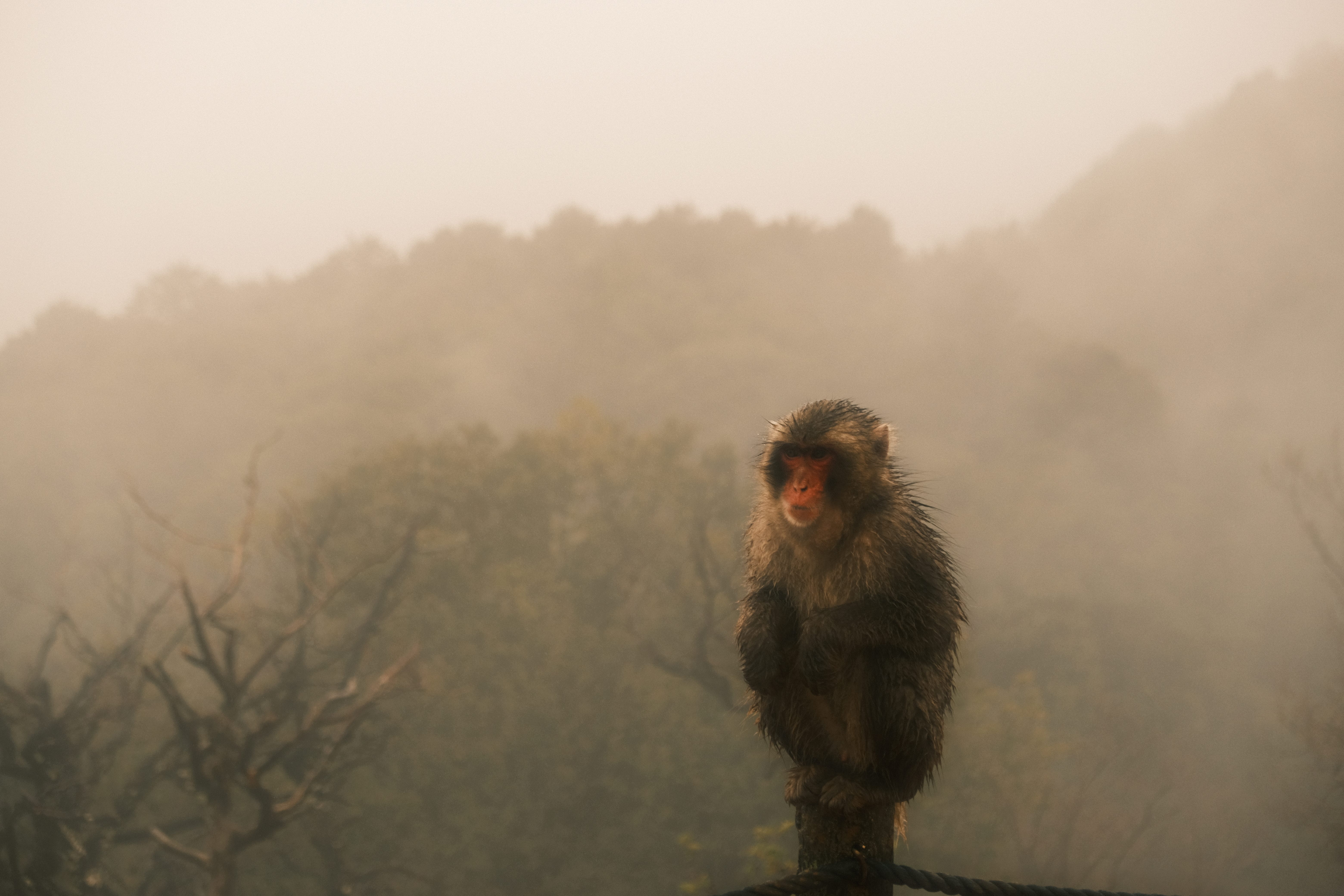

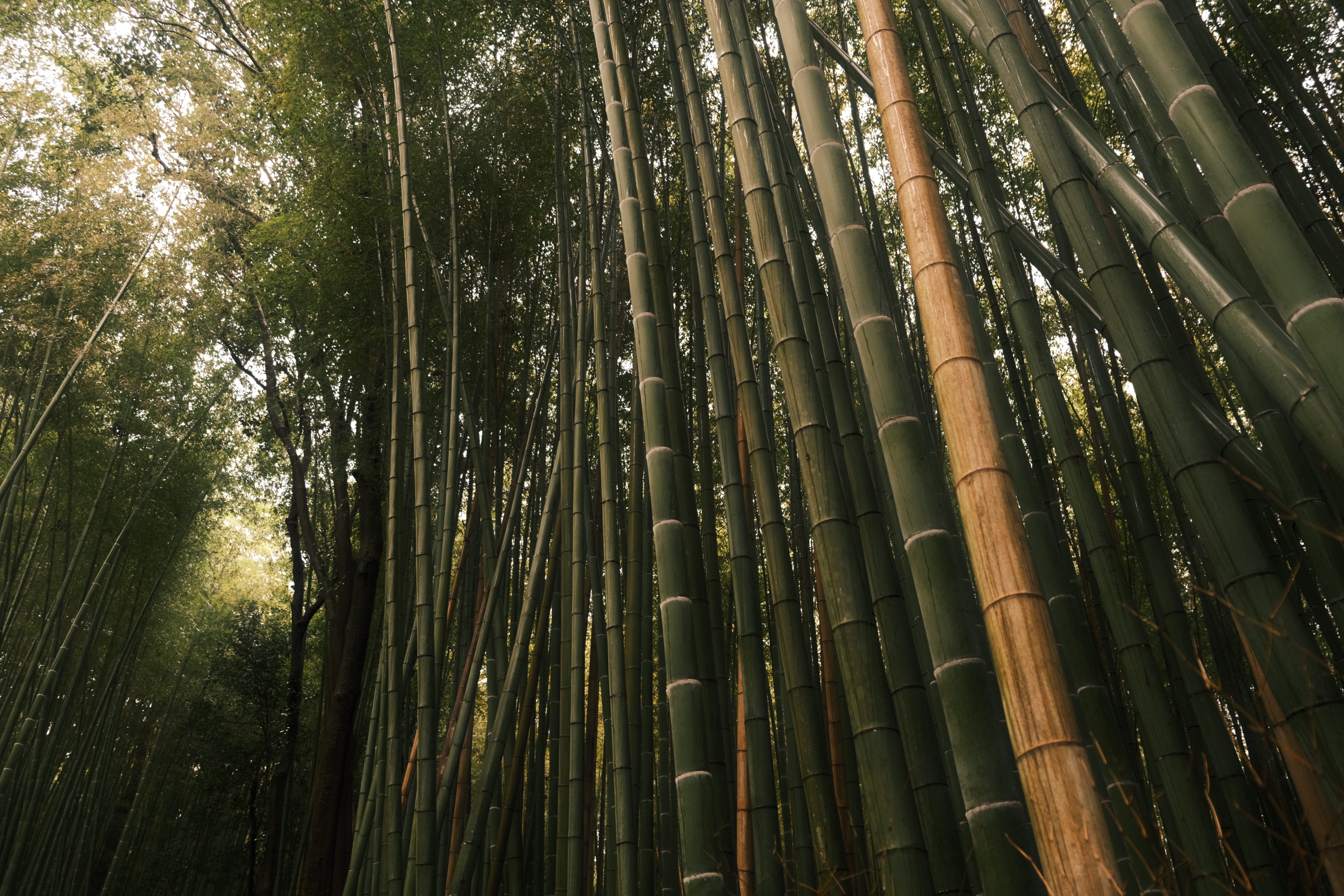
Nara
- Deer park
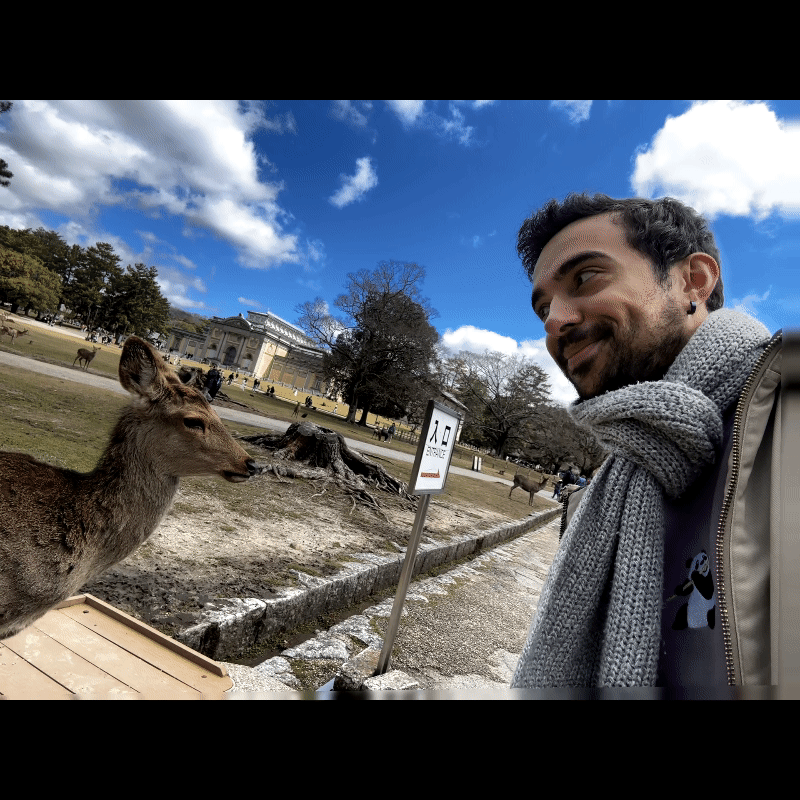

Osaka (spent only half-day)
- Dotonbori
Hiroshima
- Atomic Bomb Dome
- Peace Memorial Park
- Peace Museum
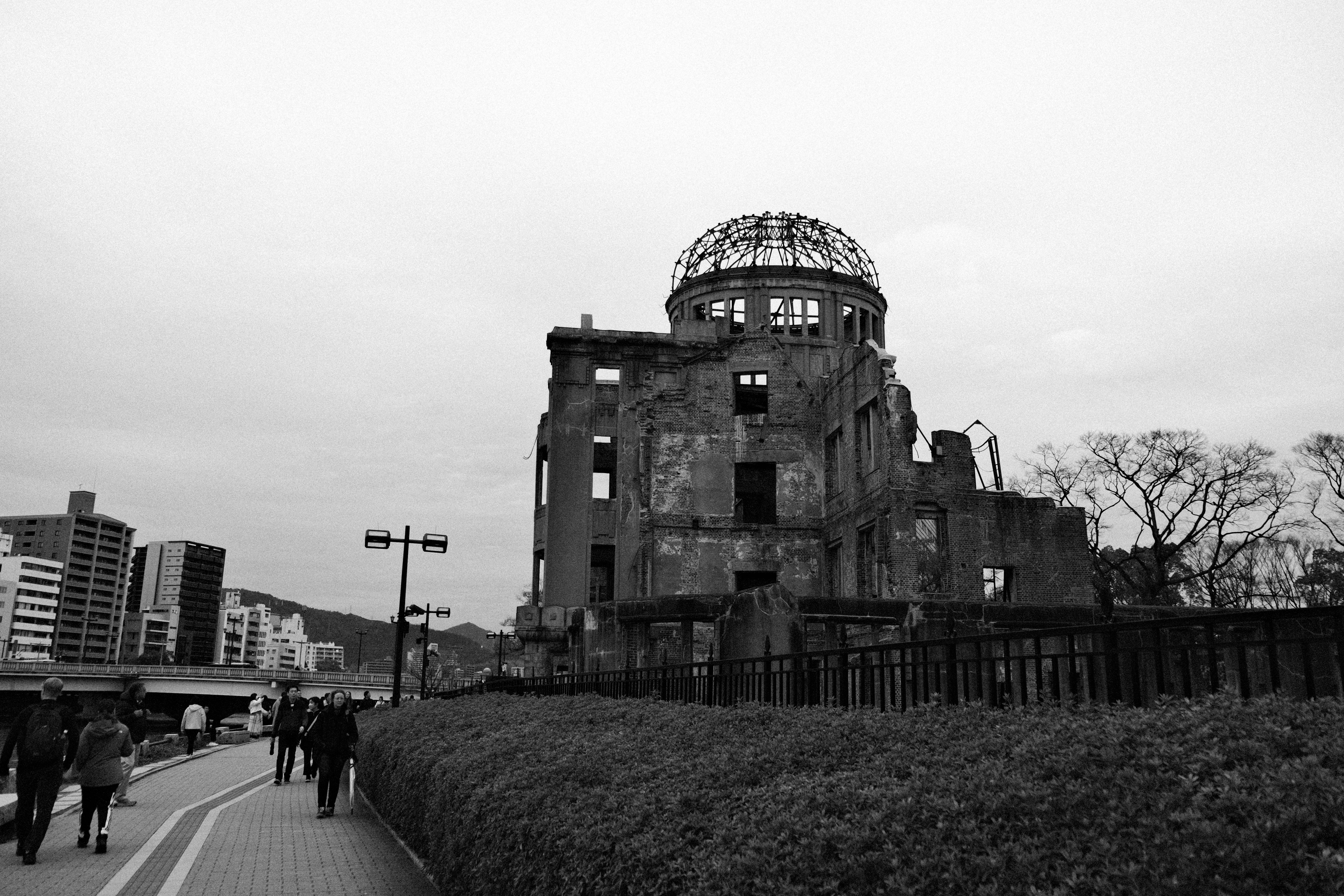
You might ask: Baris, what about your favorite place? It’s Tokyo, and you will get more info about that next.
Tokyo🌆
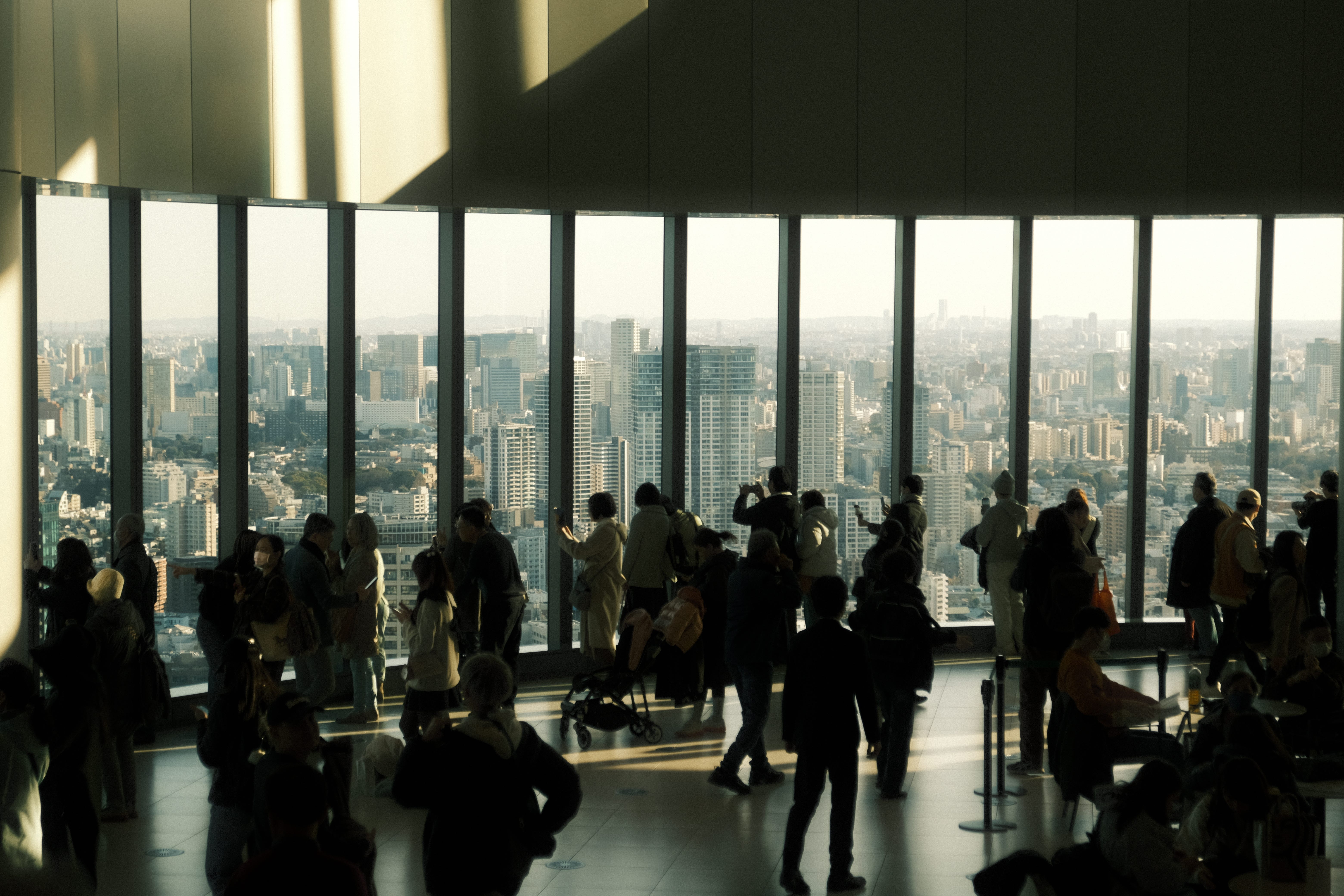
- First things first, when you get lost in Tokyo, you can use Google Maps live view. Trust me, it will be necessary.
- They’ve built an infrastructure in Tokyo that can’t be compared to Berlin or Istanbul. Buildings are 7–8 stories high, with something different on each floor: massage parlors, bars, gaming centers, karaoke, arcade halls, cinemas, you name it. And that’s not all; there are separate cities underground. Inside the main metro stations, there are shopping malls, restaurants, and more.
- You can get to a place that would take over an hour to walk to in 10–15 minutes. The transportation system runs smoothly. Google Maps even tells you the number of the car and door. For example, if you’re transferring, the 2nd door of the 5th car is ideal because when you get off, the escalator for transferring will be right in front of you.
- But it’s also huge, especially Shinjuku station. You might spend 20 minutes just trying to find your way out of the station. Reading the signs might be tough at first, but then you’ll start enjoying how organized and complex it is. A random fact: 2 million passengers use this station every day!
- There’s a touristy area in Japan with dozens, maybe even hundreds, of bars with 6–7 people each: it’s called Golden Gai. I’m sure there are more bars like this in the Shinjuku area, but in Golden Gai, a few streets are full of these bars. You have to pay a cover charge to enter. But before entering the venue, you can see both this fee and the alcohol prices. If you have 2–3 drinks, you easily forget about the cover charge.

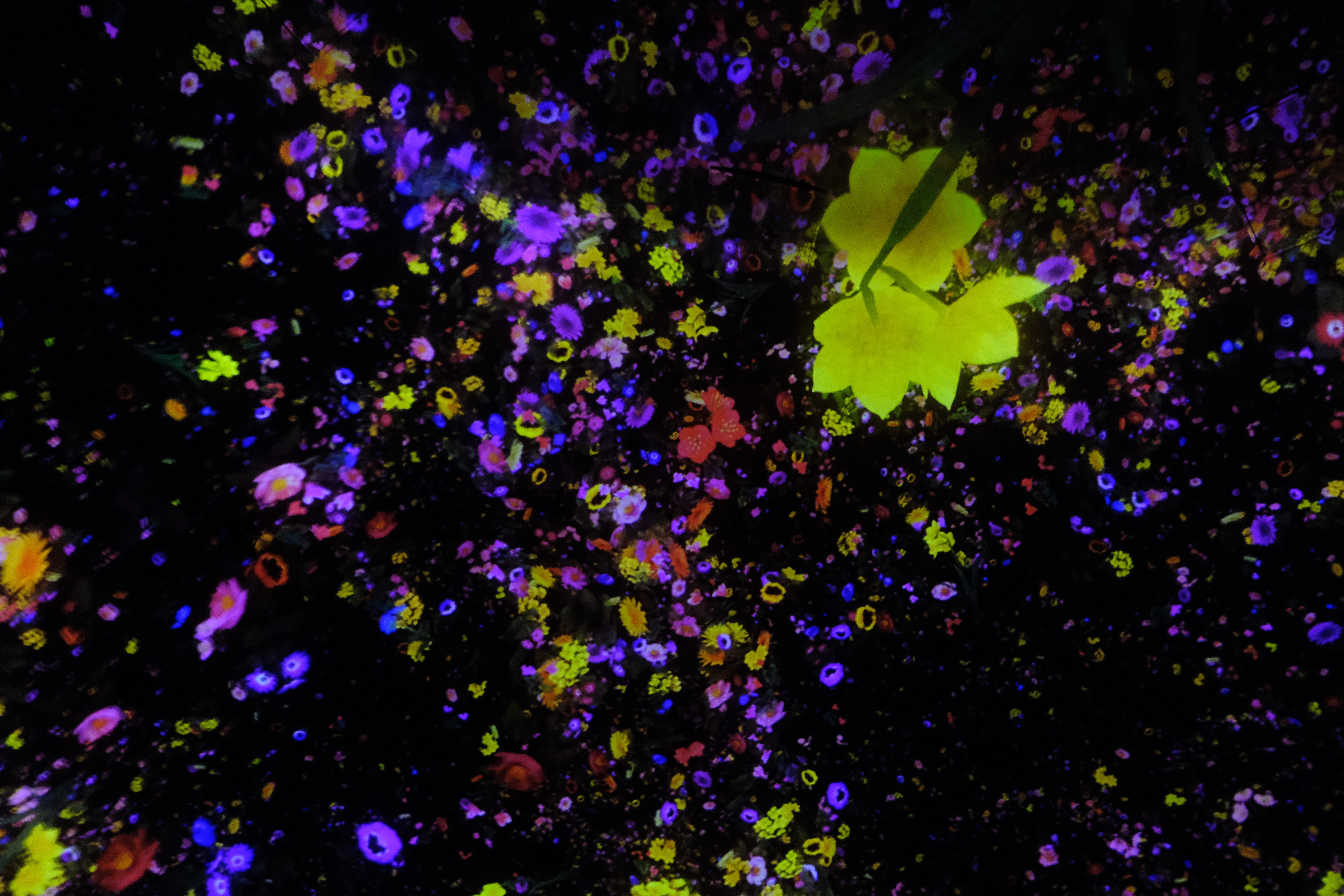
- One of Tokyo’s most famous museums is TeamLabs Planet. You have to buy tickets in advance, or they’ll be sold out immediately. We bought tickets 1–2 weeks in advance and I think it was worth every penny. I heard they have other branches too, so you should visit and see them. They say it will open in Hamburg in 2025 🎉 https://www.teamlab.art/e/borderless-hamburg/
- For example, in one installation, you see fish swimming on the floor. But when you look at your body, you see flowers. Why? When the fish hits you while swimming, they turn into flowers. So, you become a part of the installation too.
- While visiting TeamLabs Planet, use this beautiful metro line and also go to the Statue of Liberty and the beach: Yurikamome Line.
- Make sure to visit an arcade hall. There are huge ones in Shinjuku. You might come across suit-wearing Japanese guys breaking world records, some of them have truly dedicated their lives to a game. Besides that, there are plenty of tourists too. There are car racing, horse racing, drumming, zombie killing, and millions of other different games. There are also gambling halls: Pachinko. Be careful, don’t lose all your money and end up crying 😄
- We went to a rock bar in Shinjuku: Rock Bar Mother. It’s a place where only about 10 people can fit. There are two huge speakers. Maximum volume metal/rock is playing behind these bar stools for 10 people in a single row. A Japanese guy in a suit was headbanging like crazy. It was pitch dark inside, impossible to talk. You use a flashlight to see the menu and order. It was an incredible atmosphere. You should go there to listen to 3–4 songs. Otherwise, you can end up being temporarily deaf.
- You don’t know what’s behind the doors of bars or some other places until they’re opened. You’re at the right address, maybe you’ve somehow found the sign outside, but most likely, the entrance won’t show you anything. You have to open that door and take a look. It would be scary in another country, but after hesitating a few times, we got used to it.

- Describing Mt. Fuji accurately is tough: attractive, beautiful, handsome… There’s an aesthetic quality that sets it apart, but it’s hard to put into words. It’s truly fascinating. We didn’t do that but as far as we heard and read: the hike to the top takes around 5 hours, with the return journey being especially challenging. Plus, depending on the weather at the top, you might not see anything at all.
Transportation 🚆

- In South Korea, we used the T-money card. You can get it from all convenience stores. You can also load money onto it from these places or machines. Unfortunately, they only accept cash.
- In Japan, we used Suica and Pasmo cards. I had a physical Suica card, while my friend directly added Pasmo to their Apple Wallet. Both worked seamlessly. Since I had to load cash onto Suica, I eventually switched to Apple Wallet and started loading money online. Adding the card to your phone is super easy: https://www.pasmo.co.jp/mp/app/en/
- In both countries, you can make payments with these cards at vending machines. So, you can buy your coffee, snacks, or water with these cards. By the way, especially in Tokyo, there are vending machines everywhere. You can buy hot coffee/tea or cold drinks. Also, there are many different kinds of vending machines.
- From Incheon Airport to Seoul, and Hiroshima Station to the Airport, we used the Airport Limousine Bus and they were comfortable.
- For going from Seoul to Busan, we used the KTX. You can buy tickets from the machine or the ticket office on the same day. And they accept cards.

- Within Japan, we hopped on the famous Shinkansen trains. It was a shocking experience for us because they’re comfortable, punctual, and super fast. And they come more frequently than S-Bahns in Berlin... I mean that’s how the schedule was in the morning and noon. It’s truly incredible. We bought tickets by card from machines on the day of travel. But here’s the thing: if you’re transferring from regular public transportation and don’t have a physical ticket, you need to buy one Shinkansen ticket from the ticket office. Because the machine asks for a physical ticket, and without it, you can’t get a Shinkansen ticket. Unfortunately, going to the ticket office means waiting in line.
- There are markets and restaurants both at train stations and airports. They are not pricey like in Europe, they’re quite reasonable. And this was the same for both countries.
- In both countries, there was usually free water at the airports.
- Public transportation in Busan can be tricky because the city is long and narrow. Commuting from one place to another can take up to an hour.
- In Japan, the bus driver says hello to each person boarding the bus and thanks each person getting off. They also let you know when the bus is about to move.
- Interestingly, no one seemed to offer their seats to the elderly on public transport. We did that a few times and received at least 10 thank-yous. Additionally, in Korea, there are women-only train cars during specific hours, although we didn’t travel during those times; the signage was clear on both the train and the platform.
If you have read until the end, thanks a lot! Here is a ❤️ for you.
More Photos
